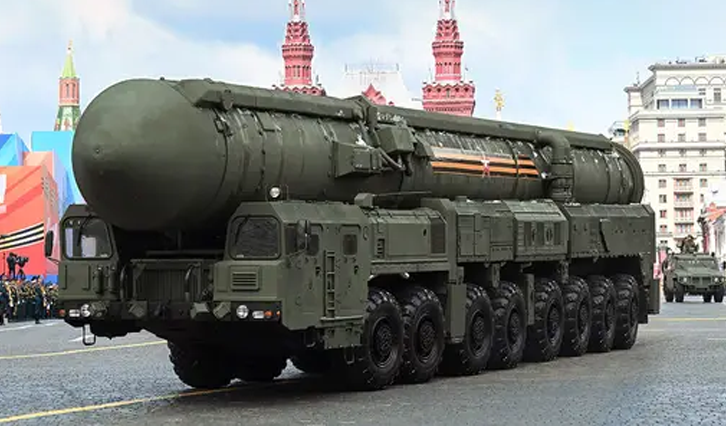Washington should maintain a critical eye when measuring Putin’s latest arms control offer.
President Vladimir Putin’s offer to maintain New START limits on US and Russian strategic nuclear forces for one more year deserves serious consideration by the Trump administration. However, rather than reflexively accepting what looks like an oasis in the arms-control desert of the new-nuclear era, US officials must consider why Putin is making this offer now. As part of a cold, serious analysis the Trump administration needs to establish its own priorities in a confrontational US-Russia relationship, its overall deterrence strategy and its nuclear arms control policy, and see whether Putin’s proposal – or perhaps another deal – could serve those interests. In doing so, the US should take stock of what it can gain from Putin’s offer, and what it risks losing if it rejects the deal in pursuit of something better.
What did Putin Offer?
On 22 September, President Putin announced that ‘Russia is prepared to continue observing the treaty’s central quantitative restrictions for one year after 5 February, 2026.’ He described New START as having ‘played a constructive role in maintaining balance and predictability in the sphere of strategic offensive weapons’ and warned that a ‘complete renunciation of this treaty’s legacy would, from many points, be a grave and short-sighted mistake.’ Despite Putin’s suspension of the agreement in 2023, it is notable that he consistently praises the agreement. In 2017, Putin reportedly raised the prospects of extending the New START Treaty as part of a broader suite of strategic stability discussions, which Trump rejected. The Russian quickly agreed to a five-year extension of New START in February 2021, the right decision as the Biden administration explored stabilizing relations with Russia through the first year of the four-year term.
However, the landscape shifted dramatically after February 2022. Amid the higher nuclear temperature after invading Ukraine, Russia suspended implementation of New START in 2023, but made a political commitment to adhere to the New START central limits – 1,550 deployed nuclear warheads on land- and submarine-based ballistic missiles, and one warhead counted for each deployed long-range bomber, 700 total deployed missiles and bombers, and 800 deployed and non-deployed launchers and bombers. Putin is now proposing to retain these limits that Russia is abiding by, along with the US.
The numerical limits on strategic nuclear forces are the core of the New START Treaty. The agreement contains other extremely important provisions, such as requirements for eighteen on-site inspections per year, daily information on the status and location of treaty accountable nuclear forces, and biannual data exchanges which offer a snapshot of each country’s strategic triad. These are all provisions with which Russia no longer complies. Unlike the US, with an open government budgeting process, Congressional hearings and votes on nuclear weapons funding, Russia provides very little information to the public on the status of its nuclear forces, except when publicizing nuclear exercises or accomplishments in flight tests.
Why is Putin Offering this Now?
In many ways, it makes sense that Russia wants to avoid a competition in strategic nuclear forces with the US. Some analysts believe that Russia possesses an advantage given the near completion of its nuclear modernization, while the US is not yet deploying new systems. However, a closer look reveals that Russia faces a series of important constraints on its nuclear arsenal that makes the idea of nuclear competition with the US a bad one.


